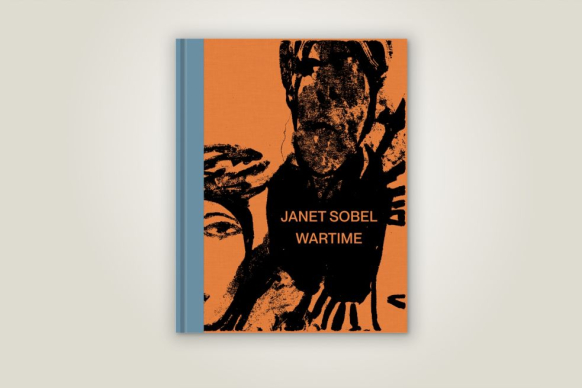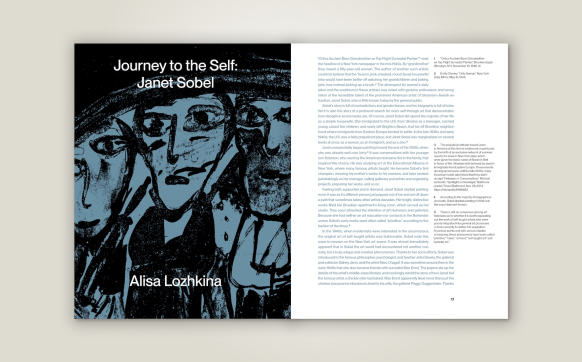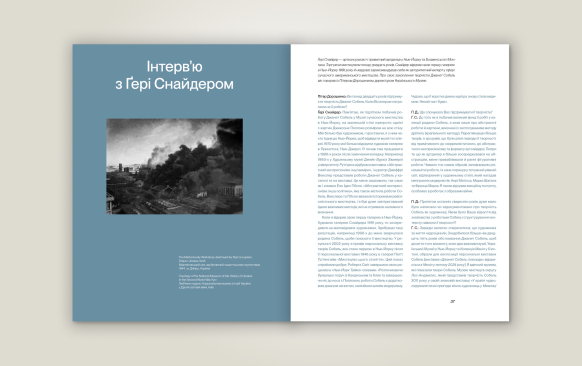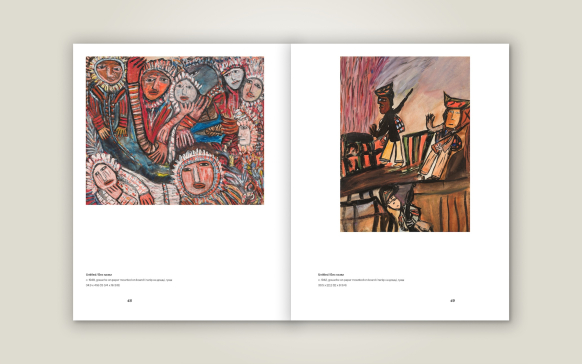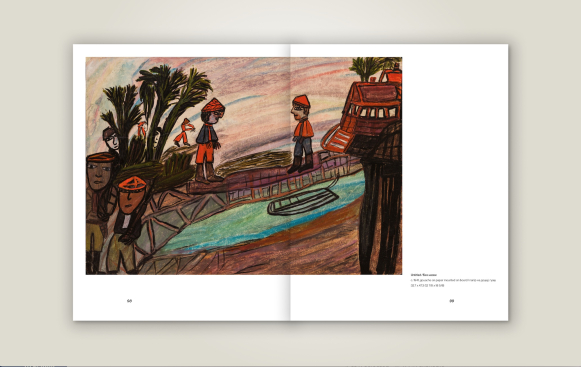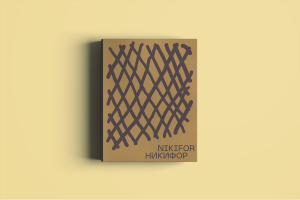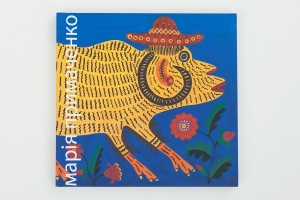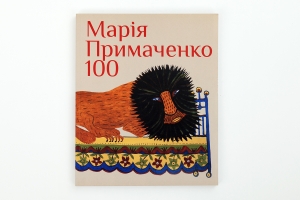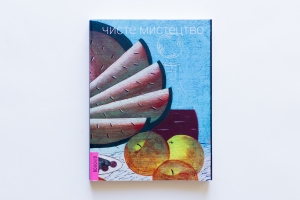Janet Sobel: Wartime
Design: Volodymyr Havrysh
This publication is a catalogue of the Janet Sobel: Wartime exhibition at the Ukrainian Museum in New York (until September 2, 2023). It includes a foreword by the Director of the Museum, Peter Doroshenko, essays by Alisa Lozhkina, an interview with Gary Snyder by Peter Doroshenko, catalogue of the works on exhibit, and a list of the works from Gary Snyder’s collection. All works are printed in color.
Design by Volodymyr Gavrysh, Ukraine
"In the 1940s, when modernists were interested in the unconscious, the original art of self-taught artists was fashionable. Sobel rode this wave to renown on the New York art scene. It was almost immediately apparent that in Sobel the art world had encountered not another curiosity, but a truly unique and creative phenomenon. Thanks to her son’s efforts, Sobel was introduced to the famous philosopher, psychologist, and teacher John Dewey, the gallerist and collector Sidney Janis, and the artist Marc Chagall. It was sometime around then in the early 1940s that she also became friends with surrealist Max Ernst. The papers ate up the details of the artist’s middle-class lifestyle and mockingly retold the story of how Janet fed the famous artist a chicken she had baked. Max Ernst apparently liked more than just the chicken, because he introduced Janet to his wife, the gallerist Peggy Guggenheim. Thanks to this relationship, Sobel was able to take part in a series of key exhibitions in the history of American modernism. Most importantly, she was displayed at Guggenheim’s gallery Art of This Century, which exhibited new American art and was an important touchstone for the age. Sobel had both solo and group shows alongside other artists in New York galleries. Mark Rothko once wrote her a letter regarding the organization of space for a Guggenheim show. At this stage, her works were rarely called primitive; rather, she was proclaimed a surrealist.
In the mid-1940s, the artist’s work changed significantly, moving from figurative work to partial or total abstraction. It was thanks to this period that she went down in the history of American art. The critic Clement Greenberg noted that a piece he saw at one of Sobel’s exhibitions was the first painting done in the style of allover painting, rather high praise considering the importance of this approach in the history of postwar American art. In a study of Pollock toward the end of the 1960s, William Rubin, the authoritative art historian and curator who was just beginning a long tenure at the Museum of Modern Art (MoMA), called Janet Sobel’s works a source of inspiration for Jackson Pollock’s experiments in drip painting. Two of Sobel’s works ended up in MoMA’s collection, but unfortunately this is where the unique artist’s recognition by the art world ends.
In recent decades, experts have gradually been rediscovering Sobel, yet it is only today, more than fifty years after her death, that the time has come for a full-scale reconsideration of her legacy in the context of examining the patriarchal version of the history of American modernism and twentieth-century art in general."
From Alisa Lozhkina's essay
- Cover: Hardcover
- Language: English, Ukrainian
- Number of pages: 104
- Parameters: 205 х 260 mm (11 .75" x 8 .5")
- Year: 2023
- Category: Exhibition catalogue
- ISBN series: 978-617-7482-56-6
